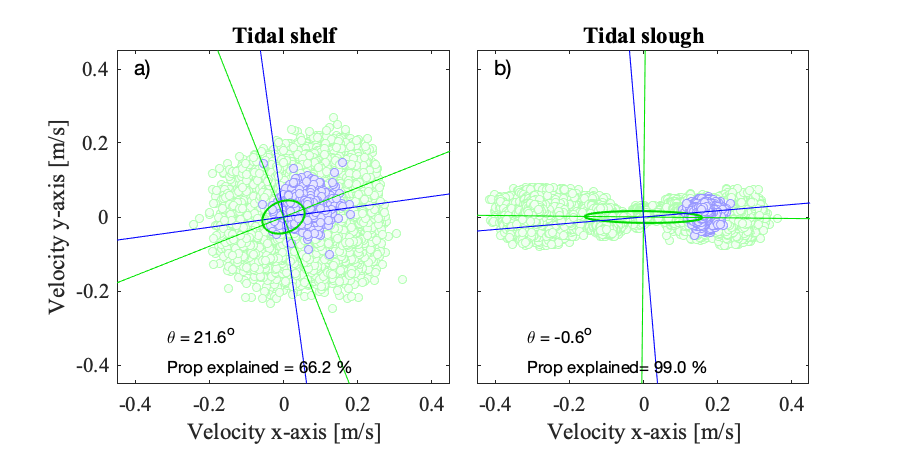Frame of reference: Difference between revisions
mNo edit summary |
mNo edit summary |
||
| Line 4: | Line 4: | ||
|instrument_type=Velocity point-measurements, Velocity profilers, Shear probes | |instrument_type=Velocity point-measurements, Velocity profilers, Shear probes | ||
}} | }} | ||
==Velocity measurement frame== | ==Velocity measurement frame== | ||
Revision as of 15:44, 2 June 2022
| Short definition of Frame of reference |
|---|
| A frame of reference is a coordinate system used to align the 3D velocity components. The z-direction is positive upwards. |
This is the common definition for Frame of reference, but other definitions maybe discussed within the wiki.
{{#default_form:DefineConcept}} {{#arraymap:Velocity point-measurements, Velocity profilers, Shear probes|,|x||}}
Velocity measurement frame
The velocities are measured in either the instrument's coordinate system (XYZ), beam coordinates, or more rarely in the earth's coordinate system (ENU=east, north, and up). When estimating , measured velocities are often rotated in the flow's frame of reference since inertial subrange model differs between the velocity components, and the effects of anisotropy are more pronounced in the transverse and vertical direction. When the vertical velocities are too heavily impacted by anisotropy, the longitudinal direction may be used to derive . In these instances, the longitudinal velocity must align with the mean flow direction, which may require rotating the measurements into a new frame of reference i.e., the analysis frame of reference.

